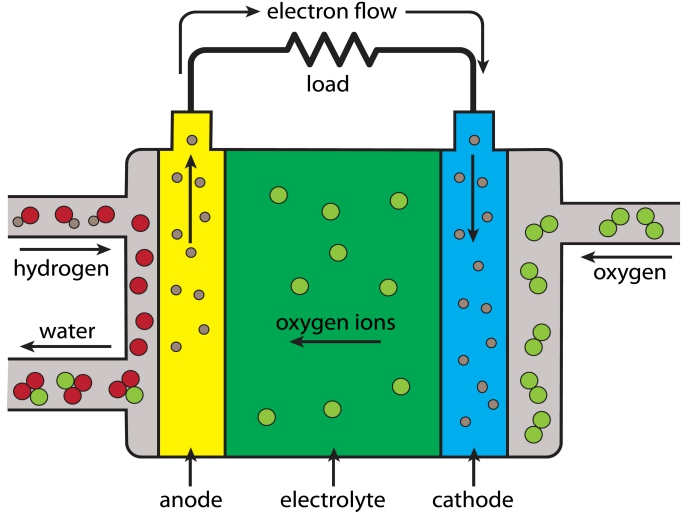A business model for European fuel cell vehicles
Fuel cells convert the chemical energy in a fuel such as hydrogen or conventional petroleum-based fuels into electricity. Among these are the polymer electrolyte membrane (PEM) fuel cells used in automobiles. They are combined in a configuration called a fuel cell to deliver enough power to the vehicle. The world's leading automakers are racing to achieve massive market penetration. While Europe's supply chain for the necessary materials is well developed and competitive, stack integration is lagging due to expense and risks associated with commercialisation. The EU-funded 'Automotive fuel cell stack cluster initiative for Europe' (AUTO-STACK) project focused on creating a viable business model for a European stack integrator for automotive applications. As such, the project integrated key European players including original equipment manufacturers (OEMs) in the automotive industry, component suppliers and research organisations. Together, the stakeholders developed OEM specifications and a stack platform design concept. They also created a technology roadmap focused on meeting the mid-term technical and cost targets using the European supply chain. While the focus was on PEM fuel cells for cars and light-duty vehicles, the consortium explored synergies with mass transit buses and off-road vehicles and investigated stationary applications as well. In the end, the consortium successfully defined a business model for the European stack industry. Project results are being used by partners to guide product development with numerous research proposals in preparation. Clearly, AUTO-STACK has provided major impetus to development of a European automotive fuel cell stack industry.







